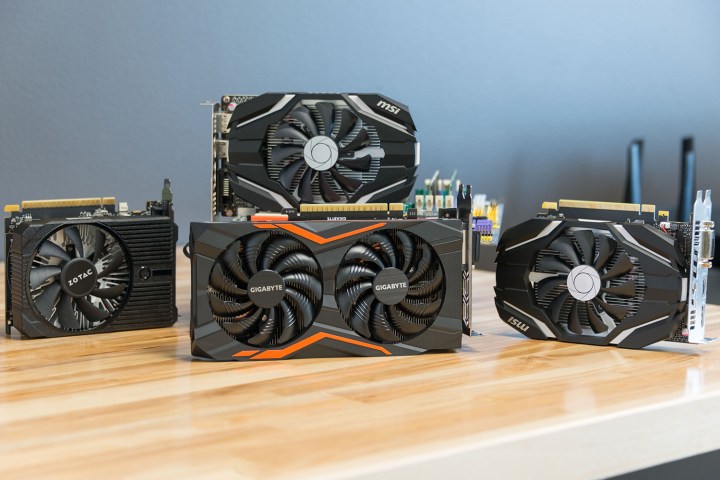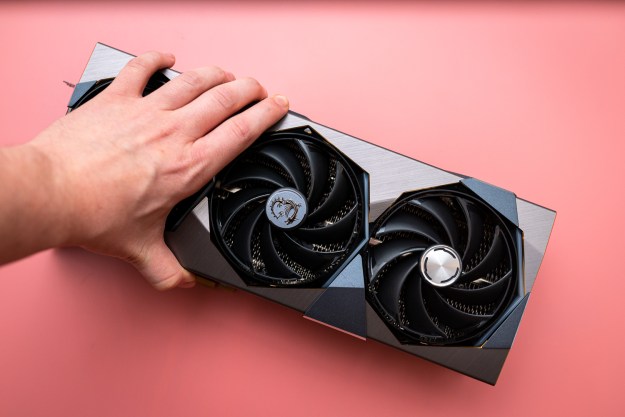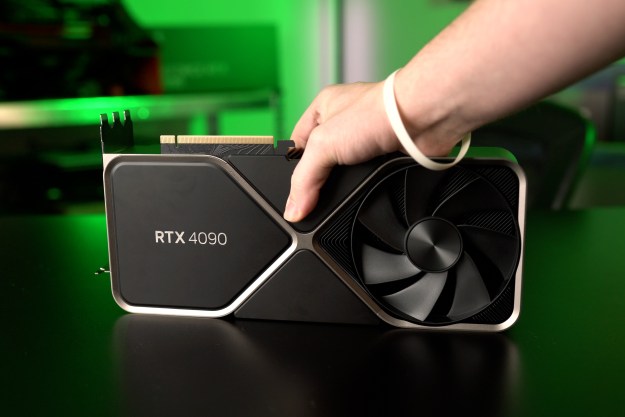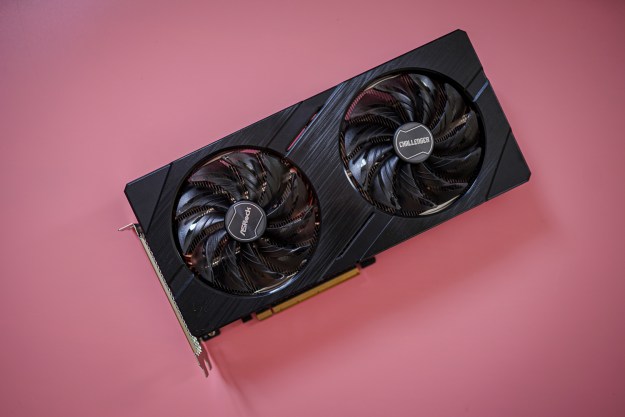
By the numbers, Nvidia had a record-breaking year, with fourth-quarter GAAP-adjusted revenue of $2.91 billion — up 34 percent from last year — and a yearly total of $9.71 billion, a 41-percent increase year on year. AMD earned less, but arguably had the more momentous year. After facing a net income loss of half a billion dollars in 2016, it managed to generate an annual net income of $43 million off of $5.33 billion in total revenue — more than a quarter of which came in during the fourth quarter.
While AMD certainly benefitted from a strong consumer response to its Ryzen CPUs in 2017, both it and Nvidia saw enormous interest in its add-in graphics cards. Although gamers and typical holiday demand were responsible in part for the strong graphics card sales for both companies, another driver of sales was cryptocurrency miners. The sheer demand from that market is why gamers have struggled to find reasonably priced
Neither company has stated outright that miners helped with the strong revenue each saw in 2017, but Nvidia’s CFO, Colette Kress, said in a chat with Polygon that demand from cryptocurrency miners did exceed all expectations. She also suggested that those sales represented a higher percentage of its revenue than last quarter.
Although it’s fair to say that Nvidia can’t keep track of where all of the graphics cards it sells end up, especially when partner retailers make the sales themselves, it has called on those partners to curtail sales to miners. That has seen some restrict the number of
There’s no clear end in sight either, even with the promised miner graphics cards. It is important for graphics card makers to get on top of the problem though. As HashFlare’s Edgar Bers, told Digital Trends in a recent interview, miners burning through cards quicker than they would with normal gaming usage could lead to enormous return rates as they seek to exploit lengthy warranties.
Another potential issue is that gamers frustrated by an inability to upgrade could turn to consoles instead. That wouldn’t be a total loss for AMD though, as it provides the graphics chips for both the Xbox One and PS4. The Nintendo Switch uses an Nvidia Tegra.
Editors' Recommendations
- Intel may fire the first shots in the next-gen GPU war
- GPU prices are back on the rise again
- Everything you need to know about buying a GPU in 2024
- You shouldn’t buy these Nvidia GPUs right now
- AMD’s GPUs had a bigger year in 2023 than you might realize





